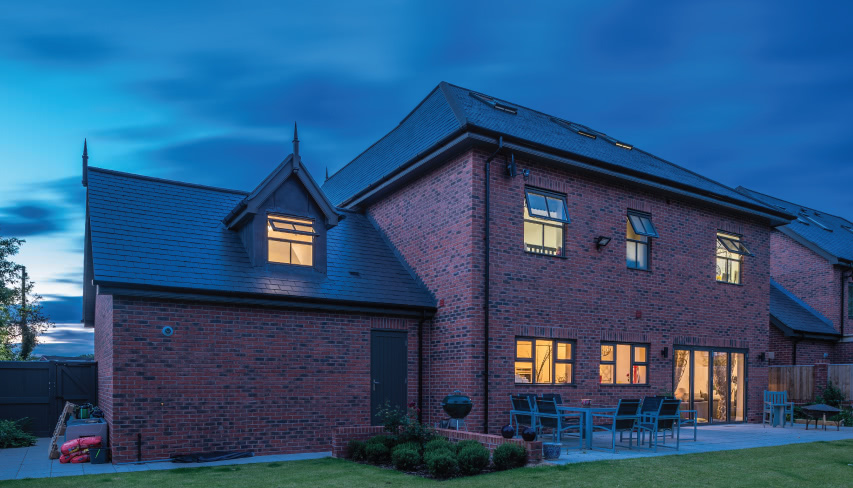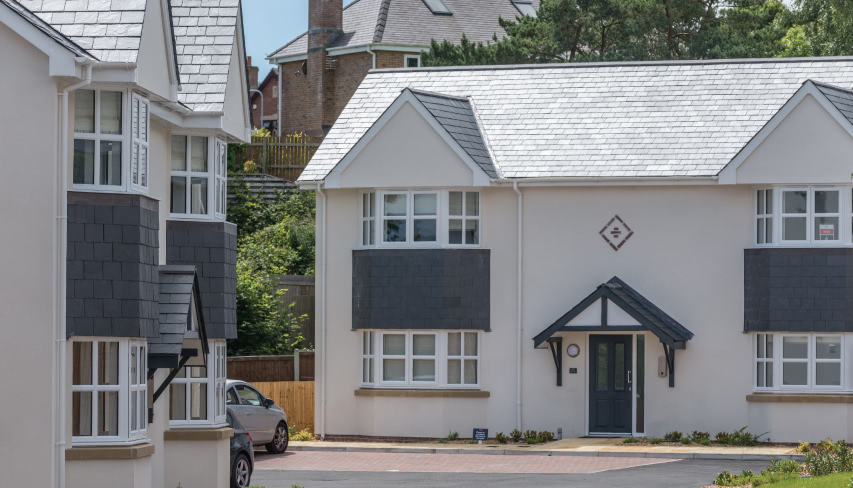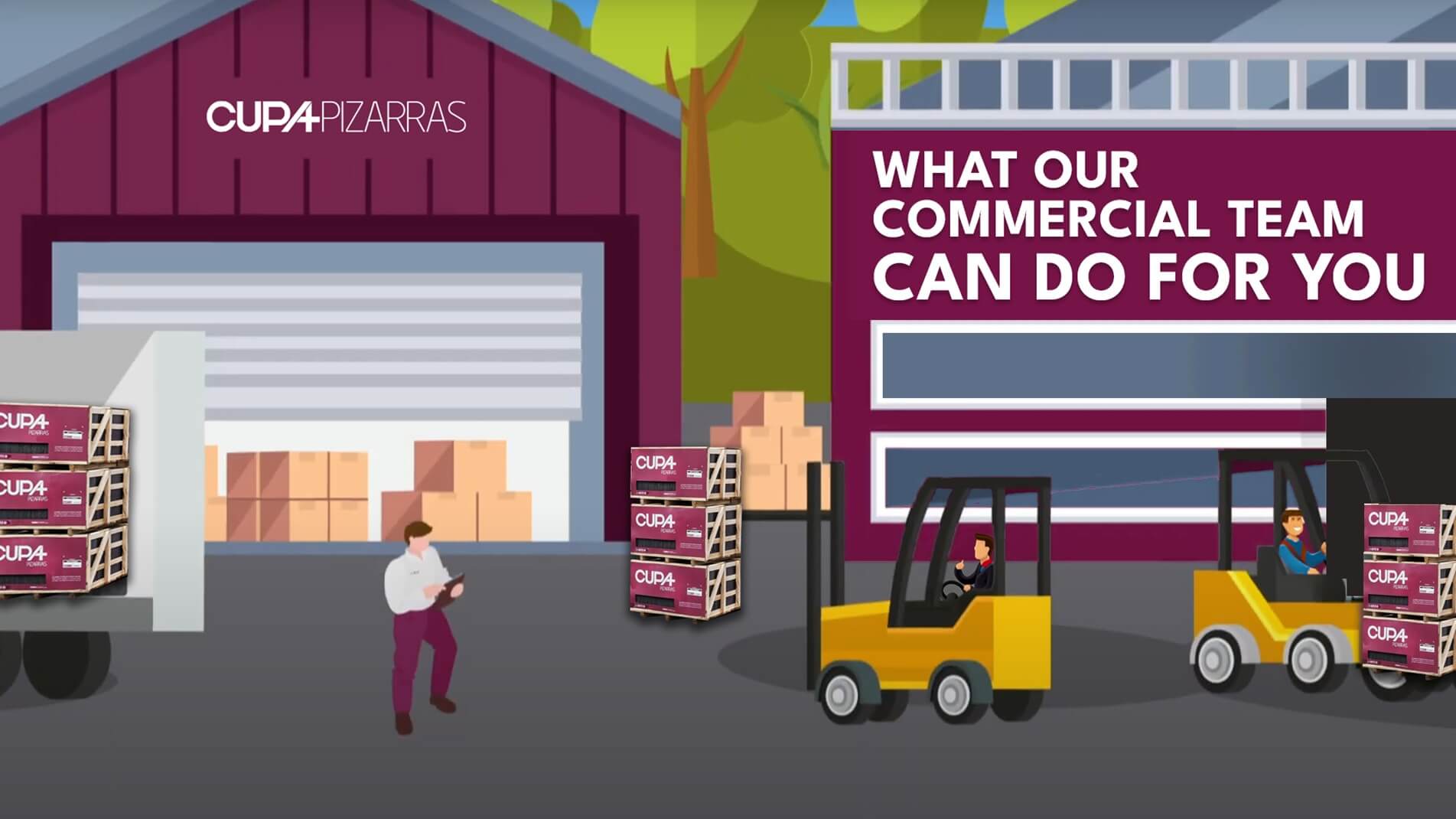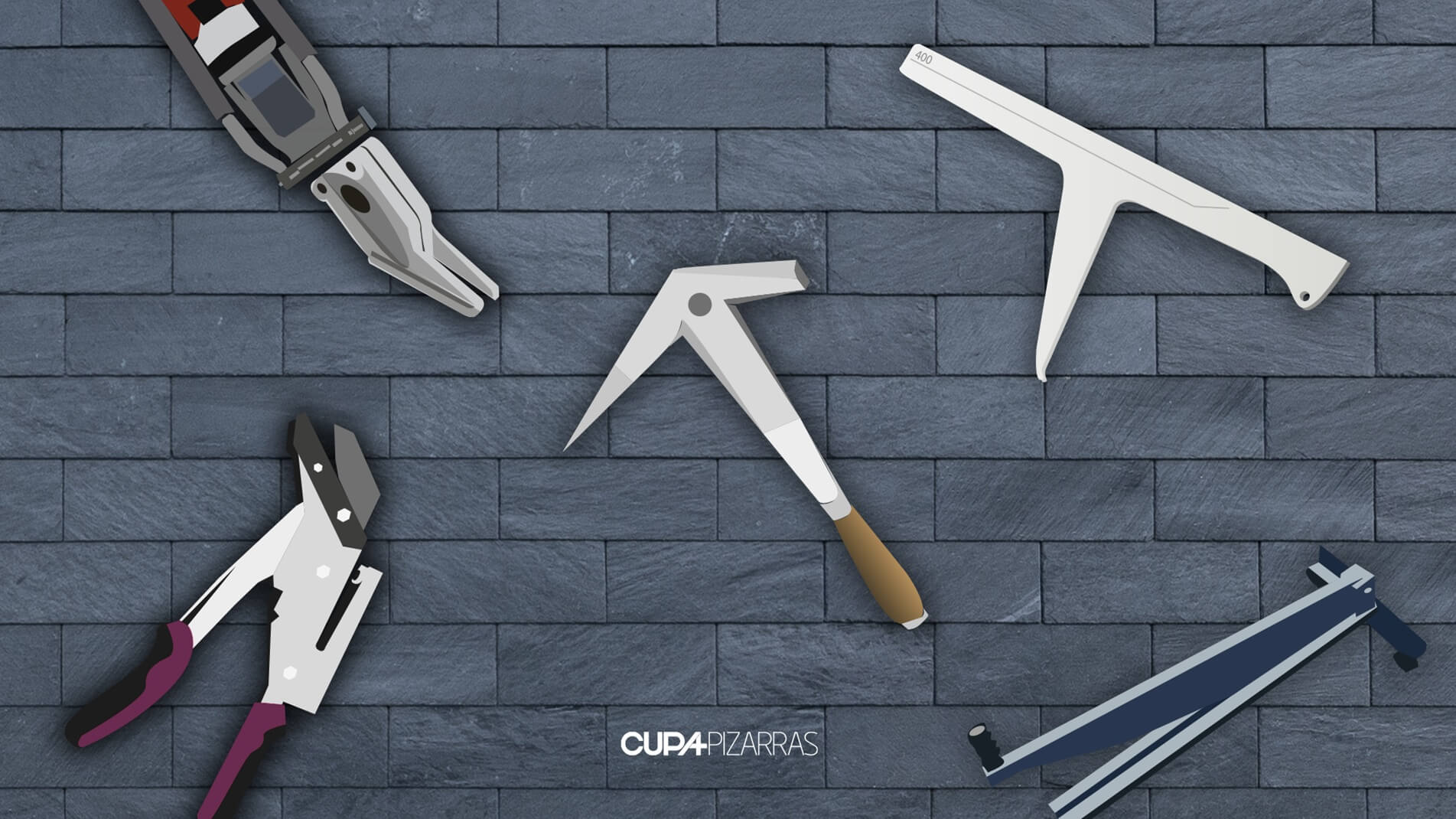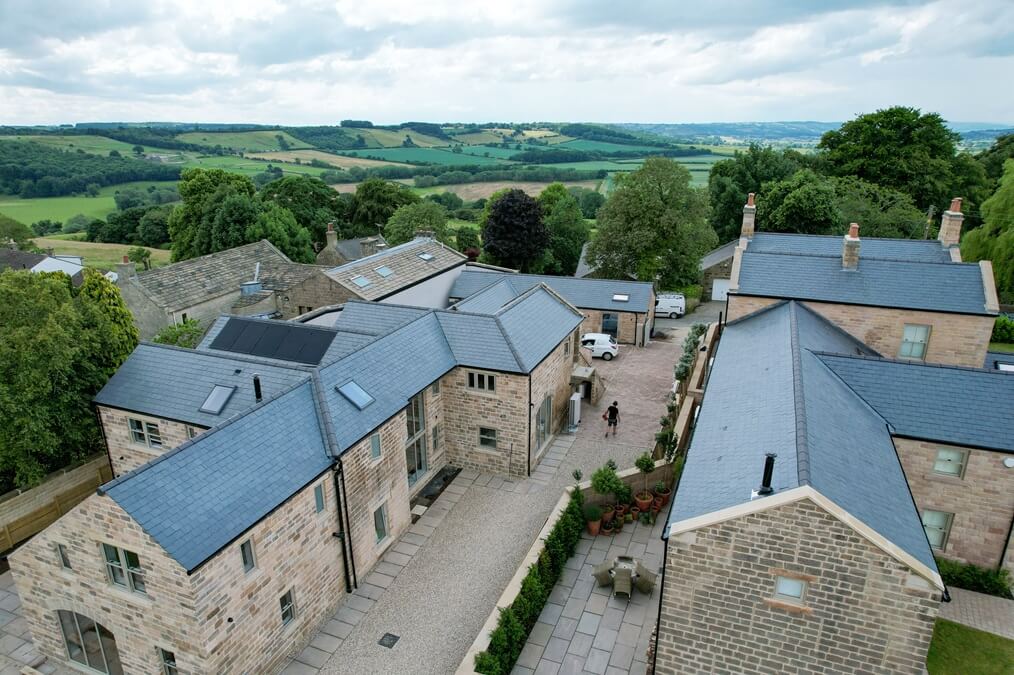Everything you always wanted to know about slate roofing but never asked
The roof is undoubtedly the most important part of a house. So, when thinking on installing, replacing or renewing a slate roof, it is preferable to be well informed. Don’t miss these key questions and answers about fixing slates.
7 THINGS YOU NEED TO KNOW ABOUT FIXING SLATES
1. What do I need to know when designing a slate roof?
Before starting any slate roof installation one of the key points you first need to take into consideration is the site exposure environment to wind and rain. It will determine the size of slate to be used and its lap.
Buildings positioned on slopes, hills or coastal areas as well as tall buildings will be graded with higher exposure. In general, in the UK, any area within 30 miles of a west facing coastline is considered to be one of severe exposure.
2. What size of slate is the proper one?
It depends on the roof. Small slates are more suitable for steep roofs, while the more exposed the site and on lower roof pitches, wider slates should be used and the lap increased.
3. How many formats of slate can be found?
A lot. Actually, we produce more than 40,000 combinations of natural slate models, shapes and sizes from 27×18 to 60×30, being the last one the most commonly used.
4. How do I define the slate lap?
The slate lap is established by measuring the roof pitch and considering the rain and wind exposure. Where the thickness of natural slates reduces their pitch by 30 or more, the next lower rafter pitch should be selected to determine the recommended head-lap.
5. What to do after removing the slates form their packaging?
Slates are supplied in pallets and stacked on their long side. Once removed from their pallets, slates need to be graded and sorted into three or four thicknesses. If stacked on site they should be laid on the long side with battens between the layers.
6. What’s the best method of fixing slates?
Slates are usually fixed with nails. Those nails should be either aluminium alloy or copper, silicone bronze or stainless steel in coastal areas.
An alternative method of fixing is the use of hooks, very common in France and Belgium. When fixing slates with hooks all perimeter slates should be hook fixed and nailed.
7. When buying roofing slates, what information should I have from the producer?
Any slate production needs to be accompanied by at least:
- A dated declaration of performance including the type of slate, the quarry and the essential characteristics of the product, all that signed by the producer Quality manager.
- International certificates. The control of the whole production process is essential to get them. CUPA PIZARRAS’ slates exceed all the international quality standards: IQ Net, DAPc, CE mark, NF Certificate. ATG. BSi, ASTM, AENOR 14001 and AENOR 9001.
- Product traceability information on origin and manufacturing date. CUPA PIZARRAS has a unique comprehensive quality control system that enables them to identify the origin, type, technical data and production dates for each of their natural slates. This traceability procedure is implemented using a unique bar code that accompanies the slate throughout the production process.
As a general rule, it is recommendable to acquire natural slate with producer company brand and information, avoiding generic and distributor’s brands as far as possible as these make it difficult to correctly identify the product.
Unlike other brands, CUPA PIZARRAS produces and transforms its natural slate in its own quarries and units, enabling them to control product quality from source.
Looking for more roofing tips? Then don’t miss these tips about roof insulation.

